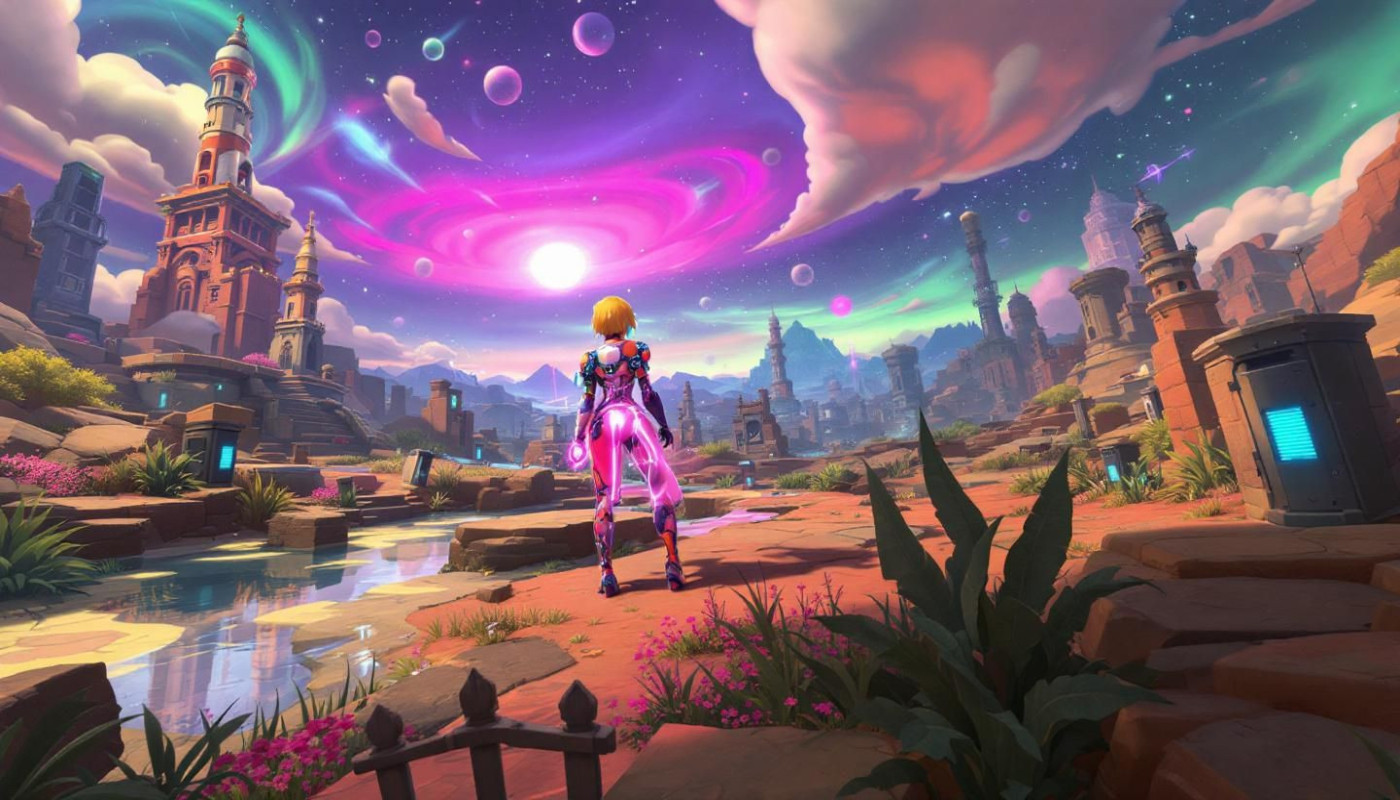Table of contents
Street style has played a pivotal role in shaping the world of fashion, transcending runways to become a global cultural phenomenon. Uncover how street style trends have continuously evolved, taking inspiration from subcultures, social movements, and technological advances across different decades. A fascinating journey awaits as readers delve deeper into the dynamic transformations that have defined street style through the ages.
The roots of street style
Street fashion history can be traced to the vibrant mid-20th century, when grassroots style emerged as a dynamic force challenging traditional haute couture. Urban culture played a pivotal role, as diverse city communities began to shape fashion from the ground up. These movements rejected standardized trends, favoring originality and self-affirmation. Subculture groups—such as beatniks, mods, and later punks—were instrumental in fostering a climate where individual expression thrived. Street style origins are deeply interwoven with social changes, including youth rebellion, migration, and the rapid urbanization of postwar cities. Creative adaptations of accessible materials and the customization of clothing became hallmarks of this era, marking a turning point where fashion began to reflect personal identity and collective experience rather than exclusive elite tastes.
The 1980s: boldness meets innovation
The 1980s fashion trends transformed urban landscapes with a fearless embrace of bold colors and dramatic, oversized silhouettes. This era marked a turning point, where technological advances in fabric production and dyeing processes allowed for brighter hues and innovative textiles, giving rise to an unmistakable experimental style. Neon pinks, electric blues, and acid greens became signature choices, reflecting both cultural optimism and the decade's boundary-pushing creativity. Alongside this chromatic revolution, the silhouette underwent a radical shift, moving away from form-fitting designs toward exaggerated shapes—think billowing jackets with broad shoulders, parachute pants, and voluminous sweaters. Athleisure emerged as a defining element, seamlessly blending sportswear with everyday wardrobes; tracksuits, high-top sneakers, and branded sweatshirts became urban staples. The result was a street style that not only reflected individualism but also championed the era's spirit of innovation and risk-taking, leaving an enduring impact on contemporary fashion sensibilities.
The 1990s: minimalism and diversity
The 1990s marked a striking transition in the narrative of street fashion, with a widespread embrace of minimalism fashion that redefined the urban aesthetic. This era saw 1990s streetwear characterized by clean lines, neutral tones, and a streamlined silhouette, a deliberate shift from the excess of the previous decade. At the same time, the decade witnessed the rising influence of hip-hop culture and skate culture, both of which introduced bold graphics, oversized fits, sneakers, and logo-driven apparel into the mainstream. These emerging subcultures broadened diversity in fashion, making personal expression through clothing more accessible to a wider audience. Street style evolved into an egalitarian platform, enabling individuals to blend influences from luxury, sportswear, and underground movements, thus using their outfits as powerful tools for storytelling and cultural commentary. This diversification of streetwear aesthetics in the 1990s laid the foundation for the eclectic, inclusive approach to fashion seen today.
Modern street style and digital impact
Modern street style has undergone a transformative shift in the 21st century, shaped notably by digital fashion trends and the pervasive role of social media influence. The rise of influencer culture has allowed individuals across continents to participate in global fashion conversations, accelerating the spread of new looks through the phenomenon of virality. What once took months to appear on city streets now travels worldwide in minutes, thanks to platforms such as Instagram, TikTok, and Pinterest, where trendsetters showcase innovative ensembles daily. This interconnected environment enables a unique blend of past and present, as vintage inspirations are constantly reinterpreted through the lens of current digital aesthetics. Fashion influencers no longer simply reflect the zeitgeist; they actively define and direct it, elevating modern street style into an ever-evolving, borderless movement. Social media influence ensures that styles are not only instantly accessible but also highly adaptable, encouraging global participation and fostering creativity that transcends traditional fashion capitals.
The 1970s: rebellion and freedom
The 1970s street style scene marked a radical departure from previous decades, as counterculture movements fueled a wave of fashion rebellion and self-expression. Influenced by political activism and the rise of influential music genres, youth culture trends embraced bold choices that broke away from tradition. Punk fashion emerged with its ripped fabrics, safety pins, and androgynous silhouettes, symbolizing resistance and societal critique. Meanwhile, the disco era introduced glittering fabrics, flared trousers, and platform shoes, blending glamour with liberation on the dance floors. These diverse aesthetics coexisted side by side, reflecting the decade's spirit of experimentation and the determination of young people to redefine what fashion could represent. Brands and platforms celebrating this dynamic period, such as glory casino online, often showcase curated looks that capture the essence of 1970s innovation and style evolution.
Similar articles
































